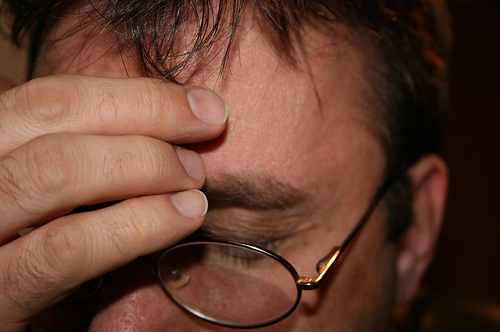
Headaches Should Not Be Ignored
Thousands of patients visit doctors complaining of headache every day. Mostly, headaches are due to stress. Simple methods of stress management may be all that is needed in these situations. But sometimes a headache may be the only symptom of a serious medical condition (ex: tumors inside the brain, bleeding inside the skull etc.). It is these headaches that need urgent treatment. If you have a headache it is good to get yourself checked as soon as possible. You cannot ignore a headache just because it is mild. Some sinister conditions cause only a minor headache while stress sometimes causes blinding pain.
- Important notification about information and brand names used in this slideshow!
- Photo courtesy of jugbo by Flickr : www.flickr.com/photos/jugbo/416097099/
- Oxford handbook of clinical medicine
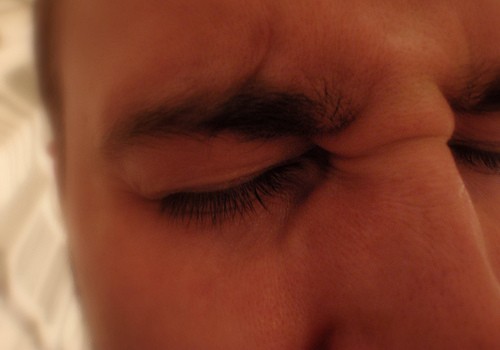
Causes Of Headaches
Headaches can be clinically classified according to onset and duration. There are four clinical categories of headache. Acute single episode headaches start suddenly, last a short duration and go away gradually. Examples are sinusitis, head injury, meningitis, encephalitis, bleeding inside the skull and tropical illnesses such as malaria. Acute recurrent headaches come and go from time to time. Examples include migraine, cluster headaches, and glaucoma. Sub-acute onset headaches start as a minor inconvenience and get worse over a long period of time. Giant cell arteritis is an example. Chronic headaches affect the patient more than fifteen days a month or more than three months, like in the case of tension headaches.
- Important notification about information and brand names used in this slideshow!
- Photo courtesy of Daniel Oldfield by Flickr : www.flickr.com/photos/democlez/4463850560/
- Oxford handbook of clinical medicine

Sinusitis And Meningitis/Encephalitis
Examples: sinusitis, head injury, meningitis, encephalitis, bleeding inside the skull and tropical illnesses such as malaria tension type headache. Sinusitis – This headache is a dull, constant, aching pain over the forehead, cheeks and between the eyes. The forehead and cheeks may be painful to the touch. The headache worsens when bending forward. A runny nose, blocked nose and coryza are known associations. A skull x-ray (sinus view) is confirmatory. Sinusitis is treated with antibiotics, pain killers and antihistamines. Meningitis/encephalitis – These headaches are felt all over the head. They worsen when the patients looks at a bright light. Neck pain, drowsiness and fever may coexist. Immediate hospital admission and treatment is essential. Investigations include lumbar puncture (passing a needle between two lower vertebrae to obtain a sample of cerebro-spinal fluid). Treatment includes intra-venous antibiotics and supportive therapy.
- Important notification about information and brand names used in this slideshow!
- Photo courtesy of Bugeater by Flickr : www.flickr.com/photos/bugeaters/2139100645/
- Oxford handbook of clinical medicine
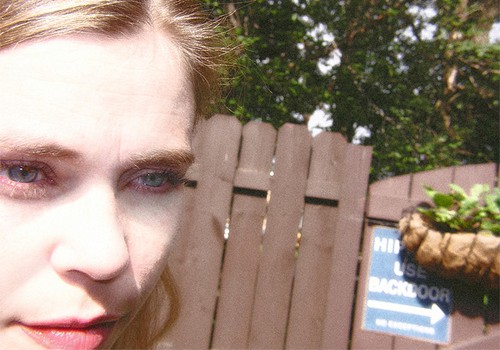
Bleeding Inside The Skull, Tropical Illnesses Like Malaria
Subarachnoid hemorrhage – The arachnoid mater is one of the three coverings of the brain beneath the skull. Bleeding under the arachnoid is known as subarachnoid hemorrhage (SAH). Headaches caused by SAH feel like being hit with a club. They are quite sudden and very severe. Patients may be drowsy. Doctors may elicit signs of increased pressure inside the head. If the bleed is reachable with surgical techniques, doctors will suggest it to you. Malaria – Malaria is a tropical illness caused by Plasmodium falciparum, P. ovale and P. malariae. Falciparum causes severe malaria with red blood cell sequestration inside cerebral blood vessels. Malaria should be suspected after travel to endemic areas. Fever comes and goes every three days (tertian pattern) with malaraia. Chloroquine, primaquine, and quinine are effective against malaria parasites.
- Important notification about information and brand names used in this slideshow!
- Photo courtesy of Andrea Lee Ferrare by Flickr : www.flickr.com/photos/andrealeev/43550573/
- Oxford handbook of clinical medicine

Migraine And Cluster Headaches
Examples: migraine, cluster headache, glaucoma, and trigeminal neuralgia. Migraine — Women are more vulnerable to migraine than men. A classic attack of migraine is characterized by unilateral, sever headache. Flashes, blurring of vision and visual halos can precede a headache. Gastrointestinal symptoms like nausea and vomiting almost always accompany migraine. Migraine attacks can be precipitated by use of the oral contraceptive pill, chocolate, alcohol, caffeine and exercise. Sodium valproate, sumatriptan, pizotifen and ergotamine are a few commonly used drugs. Cluster headache — Smokers get cluster headaches more frequently than non-smokers. Clusters of headache episodes occur with long symptom- free periods in between. An episode lasts about half and hour to three hours. This kind if headache starts suddenly around one eye. The eye is red and watery with a swollen lid. A cluster may be two weeks long. All the episodes affect the same side without fail. Sumatriptan and ergotamine are effective against cluster headaches.
- Important notification about information and brand names used in this slideshow!
- Photo courtesy of jugbo by Flickr : www.flickr.com/photos/jugbo/377637883/
- Oxford handbook of clinical medicine
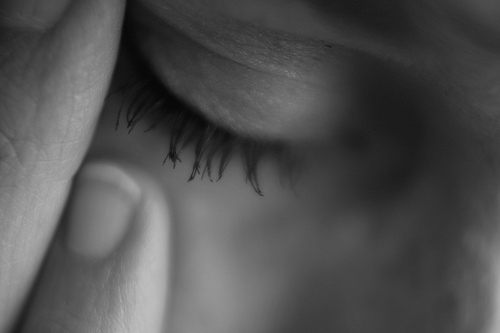
Headache After Head Injury
Headaches are common after minor trauma. They may occur at the site of injury or be more generalized. This lasts for about two to three weeks. It is very difficult to treat this type of headache because usually it does not respond to pain killers. Minor head injury in elderly individuals maybe more serious than it appears. With age, the brain shrinks a little and veins going from the brain to the skull stretch more. Slight bumps may damage these stretched vessels and life threatening bleeding may occur inside the skull. It is critical to remember that drowsiness is an important symptom that may suggest a sinister event even after minor head trauma. After head trauma doctors will keep you for 24 hours for observation. In there is neurological deterioration urgent treatment methods will be implemented.
- Important notification about information and brand names used in this slideshow!
- Photo courtesy of r. nial bradshaw by Flickr : www.flickr.com/photos/zionfiction/7484820084/
- Oxford handbook of clinical medicine
- Headache by Ekbom

Glaucoma And Trigeminal Neuraligia
Glaucoma – Glaucoma is an increase of pressure inside the eyeball, or rather inside the anterior chamber of the eye – the space between the lens and the cornea. Glaucoma occurs mostly in elderly, long-sighted people. It is a rapid onset, severe, constant, aching pain around one eye that spreads towards the forehead. Loss of vision in the affected eye, nausea, vomiting and red eye can accompany the headaches. The doctor may see an unresponsive pupil while flashing a torch in the affected eye. Sitting in the dark (cinema) and emotional upheaval can trigger an episode. Acetazolamide is effective in an acute attack Trigeminal neuralgia – This is a sudden onset, stabbing pain that lasts seconds. One side of the forehead and one cheek down to the corner of the mouth may be affected. The face may scrunch up with pain. Pain can occur repeatedly during the day and night. Carbamazepine, lamotrigine and phenytoin may be used to treat this condition.
- Important notification about information and brand names used in this slideshow!
- Photo courtesy of Matthijs by Flickr : www.flickr.com/photos/matthijs/753765031/
- Oxford handbook of clinical medicine

Giant Cell Arteritis
Giant cell arteritis is rare in patients under 55 years of age. The headache starts as a dull ache and worsens over a long period of time. The scalp is painful to the touch, which makes combing hair difficult. Sudden blindness of one eye (amourosis fugax) and severe pain in jaw while eating may also occur. Doctors may suggest temporal artery biopsy, ESR, CRP, full blood count and liver enzyme profile. Prednisolone is the first line treatment. Usually the headache lasts for two years and resolves slowly. Because these patients are elderly and they need long term steroid therapy, steps to prevent osteoporosis should be taken.
- Important notification about information and brand names used in this slideshow!
- Photo courtesy of rochelle hartman by Flickr : www.flickr.com/photos/tinfoilraccoon/5524464189/
- Oxford handbook of clinical medicine
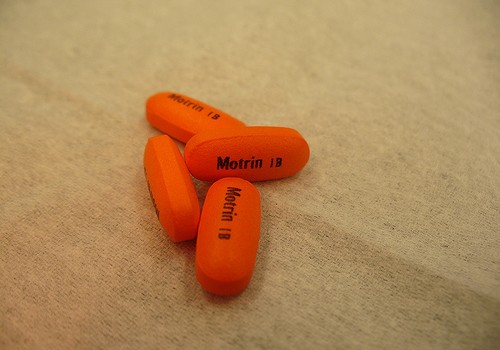
Tension Headache And Analgesic Overdose
Examples: Tension headache, headache due to analgesic overuse, raised pressure inside the skull. Tension headache – Tension headaches feel like a tight band around the head. There is almost always a history of stress at work or home. Theses headaches are worse in the morning. The patient’s mood may be low. Slow heart rate and high blood pressure suggest elevated pressure inside the skull. Pain killers, relaxation techniques and stress relieving techniques are very effective against tension headache. Analgesic overuse – The usual culprits are mixed pain killers containing codeine, opiates, ergotamine and triptans. Analgesic overuse can convert episodic headaches into daily headaches. Causative drugs should be stopped. Gabapentin, valproate and tricyclic antidepressant drugs may be curative.
- Important notification about information and brand names used in this slideshow!
- Photo courtesy of Raymond Gilford by Flickr : www.flickr.com/photos/shuttercat7/423734327/
- Oxford handbook of clinical medicine
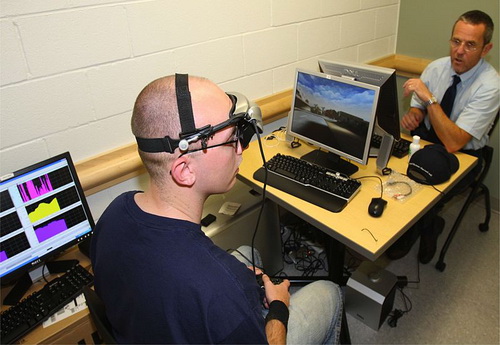
Raised Pressure Inside The Skull
Examples: Tension headache, headache due to analgesic overuse, and raised pressure inside the skull. Raised pressure inside the skull – Headache is a complaint of about 50% of these patients. Although variable in nature, headaches are characteristically present on waking or may awaken the patient. They are generally mild and worsen while lying down and straining. Vomiting, fits, alteration of consciousness and progressive neurological abnormalities may accompany headaches. Any space occupying lesion inside the skull may present this way. (Examples: Tumors both benign and malignant, abscesses and bleeding inside the skull.) Hospitalization and investigation are essential. Space occupying lesions may sometimes need surgery.
- Important notification about information and brand names used in this slideshow!
- Photo courtesy of Army Medicine by Wikimedia Commons : en.wikipedia.org/wiki/File:Biofeedback_training_program_for_post-traumatic_stress_symptoms.jpg
- Oxford handbook of clinical medicine


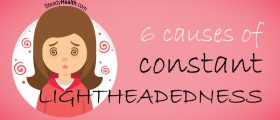
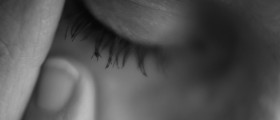


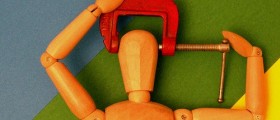

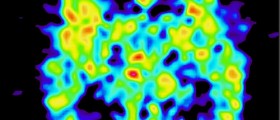
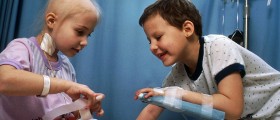


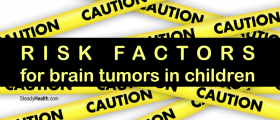



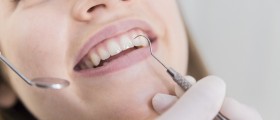
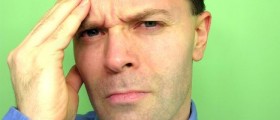


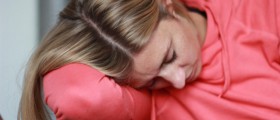
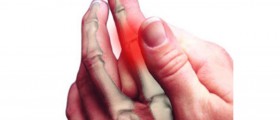
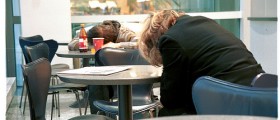




Your thoughts on this
Loading...